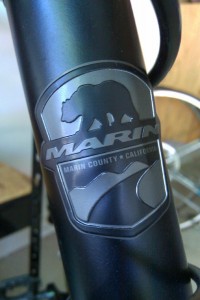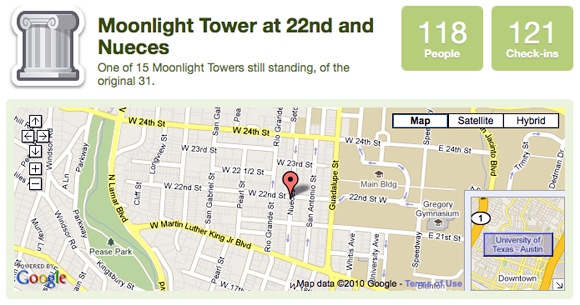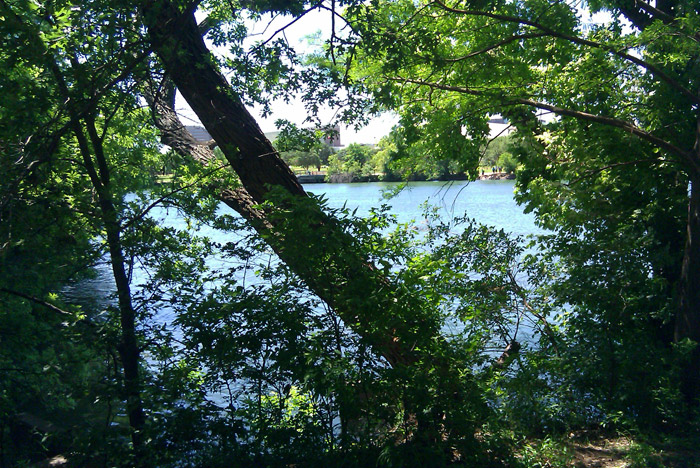I’m excited to announce the publication of a special issue that Brendan Calandra and I did for Educational Technology, focusing on the complex relationship(s) between emerging technologies and transformative learning [Educational Technology, 51(2)]. The issue is in part the result of a conversation we have had over the last two years about emerging technologies and their potential to foster unique types of learning. We have found that these unique types of learning to be qualitatively different than goal-based and performance-oriented learning, and to share many characteristics with Jack Mezirow’s original notion of transformative learning such as disorienting dilemmas, critical reflection, dialogue, and changes to frames of reference (1978, 1991, 1997). Our suggestions for future work include further examination of how transformative learning might be negotiated in technology-enhanced contexts, and how emerging technologies might foster and influence transformative outcomes.
Here is a copy of the introduction to the special issue: Emerging Technologies and Transformative Learning.
The papers for this issue are as follows:
Teaching in an Age of Transformation: Understanding Unique Instructional Technology Choices which Transformative Learning Affords
Kathleen P. King
Transformative Learning Experience: Aim Higher, Gain More
Brent G. Wilson
Patrick Parrish
Learning Experience as Transaction: A Framework for Instructional Design
Patrick Parrish
Brent G. Wilson
Joanna C. Dunlap
The Seven Trans-disciplinary Habits of Mind: Extending the TPACK Framework Towards 21st Century Learning
Punya Mishra
Matthew J. Koehler
Danah Henriksen
Virtual Worlds as a Trigger for Transformative Learning
Steve W. Harmon
Using digital video to promote teachers’ transformative learning
Brendan Calandra
Anton Puvirajah
Opportunities for and Barriers to Powerful and Transformative Learning Experiences in Online Learning Environments
Benjamin B. Bolger,
Gordon Rowland,
Carrie Reuning-Hummel,
Stephen Codner
Designing Opportunities for Transformation with Emerging Technologies (pdf posted by permission)
George Veletsianos
Shaping global citizens: Technology enhanced inter-cultural collaboration and transformation
P. Clint Rogers
A Framework for Action: Intervening to Increase Adoption of Transformative Web 2.0 Learning Resources
Joan E. Hughes,
James M. Guion,
Kama A. Bruce,
Lucas R. Horton,
Amy Prescott
Enjoy!








